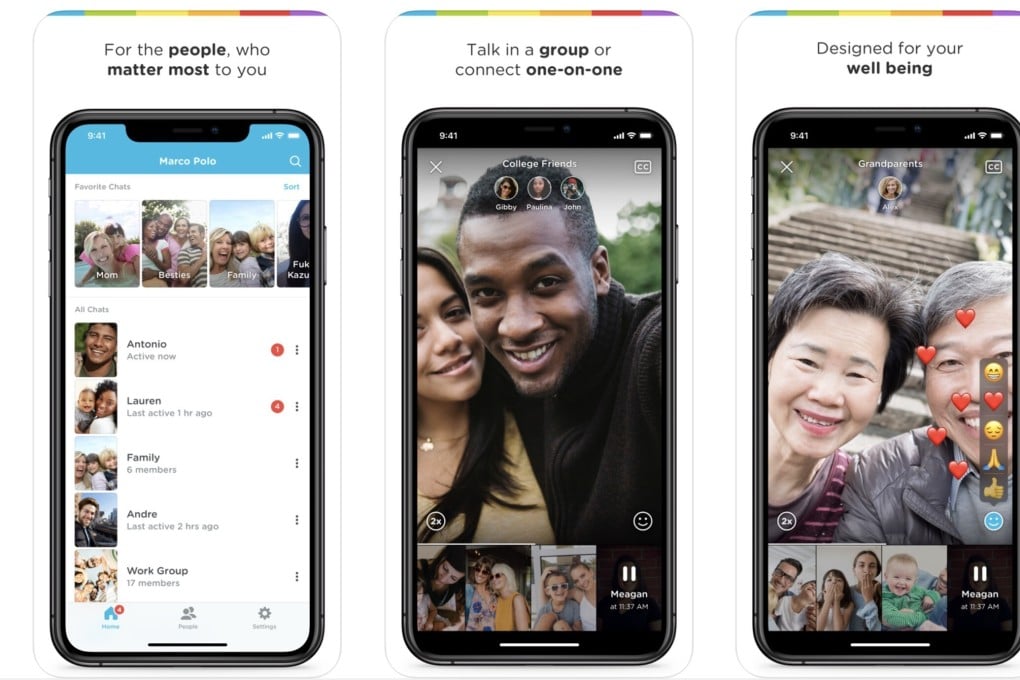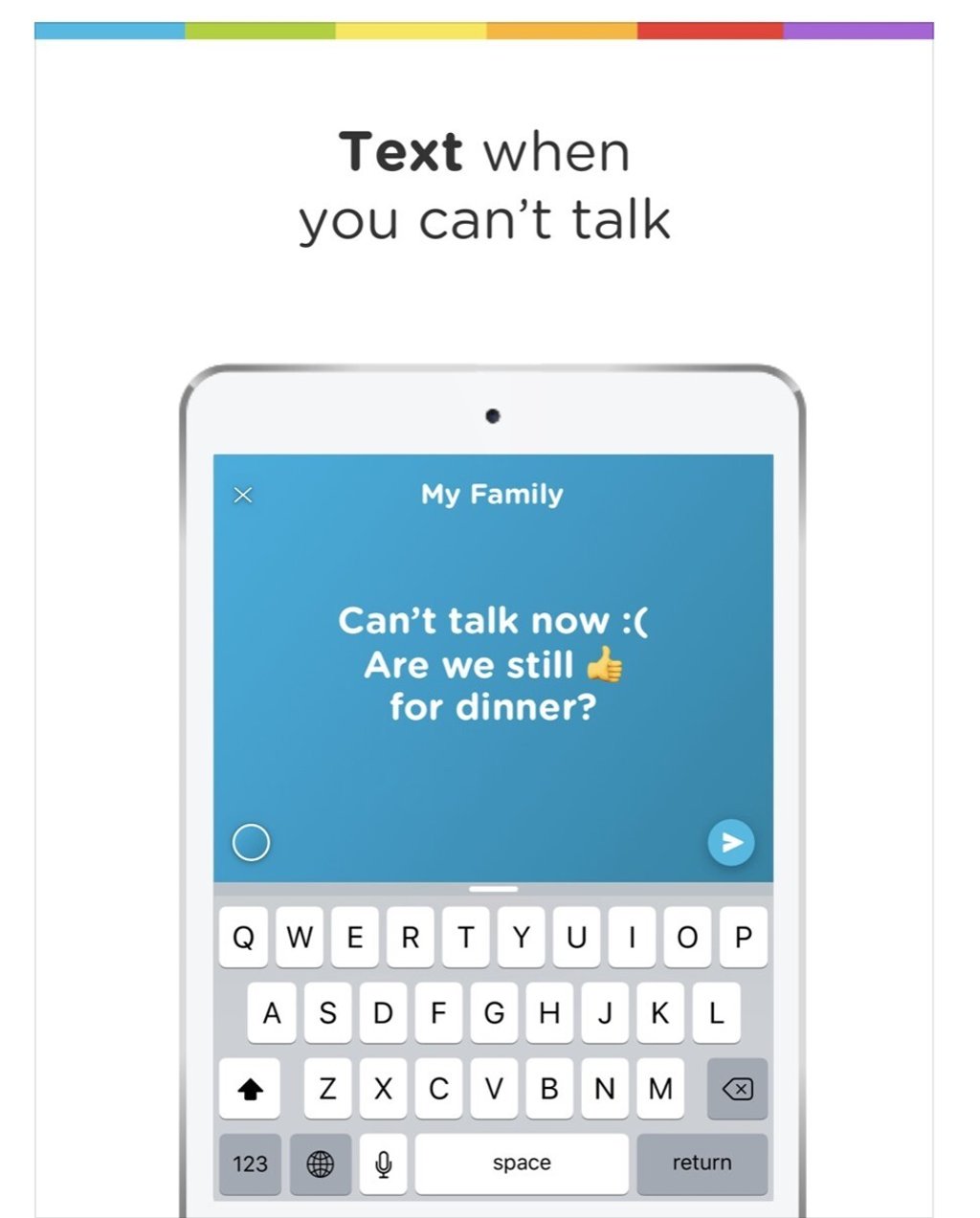App that lets you leave a video message for recipient to reply to later, Marco Polo is an app store hit amid coronavirus crisis
- The Marco Polo video messaging app combines texting, social media and video chats, and allows recipients to reply when they have time
- The coronavirus lockdown has led to a huge increase in business for its creators

This week, more people downloaded the Marco Polo app from the Apple iOS app store than long-established household names including Google Chrome, WhatsApp, Skype or Twitter, according to market tracker Apptopia.
“Chat apps are great if you have lots of free time,” says Vlada Bortnik, who co-founded Marco Polo with husband Michal and serves as the chief executive. “But if you’re like most of us – mothers who are home-schooling, running a business and cooking dinner – it’s hard to find the time.”
Marco Polo is as simple as the old swimming pool game with the same name. It’s a walkie-talkie video message app. You shoot a “Marco” video message and send it to your friend who then responds with a “Polo” response video.

Thus, you’ve made contact, but you don’t have to both be ready to connect live at the same time.